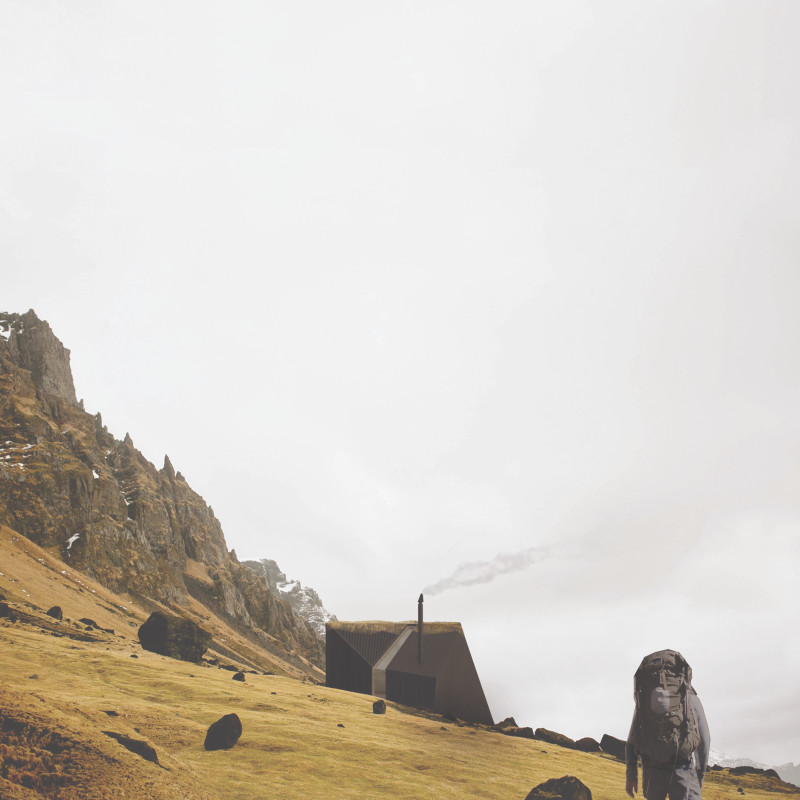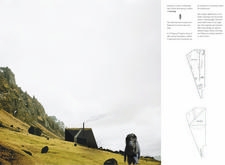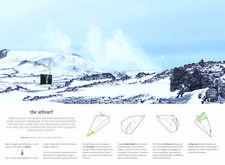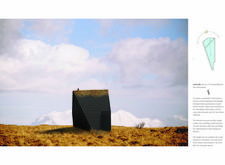5 key facts about this project
At first glance, the design reflects a balanced interplay of materials and forms that highlights its intended purpose. The use of concrete provides structural stability while allowing for expansive spaces that encourage interaction. Large glass panels dominate the facade, inviting an abundance of natural light into the interiors. This choice not only enhances the aesthetics of the structure but also promotes a sense of openness that is essential for modern living or working environments. The incorporation of steel elements adds both strength and a sleekness to the overall composition, providing a contemporary edge.
The interior layout is meticulously planned, prioritizing functionality and flexibility. Living or working areas are arranged to facilitate movement and interaction, while private spaces are thoughtfully separated to ensure comfort and privacy. The design incorporates natural materials, such as wood and stone, that add warmth and texture. These materials ground the project within its context, reinforcing a connection to the local environment and its cultural heritage. The inclusion of vertical gardens and indoor plants further enhances this theme, blurring the lines between interior and exterior, which is an important aspect of contemporary architectural design.
One unique approach of this project lies in its adaptive use of space. Common areas are designed not just for single functions but as versatile spaces that can evolve over time based on user needs. This adaptability is essential in modern architecture, where the dynamic nature of our lifestyles demands a level of flexibility that traditional designs often lack. In addition, the project incorporates smart technologies, enhancing energy efficiency and user convenience while promoting sustainability.
The landscaping surrounding the structure is carefully crafted to complement the architecture. Native plant species are integrated into the design, fostering biodiversity and minimizing maintenance needs. This conscious decision reflects a growing awareness of ecological considerations in architecture. Outdoor spaces serve multiple purposes, designed for relaxation, social interaction, or as extensions of the interior, further enhancing the connection between the users and their environment.
In considering the architectural plans and sections, one can appreciate the thoughtful arrangement of spaces and the deliberate choice of materials that come together in a cohesive manner. These elements work in harmony to create an atmosphere that is both functional and inviting. The architectural ideas presented through this project are not just about aesthetics; they are about creating a meaningful experience for its users at every level.
As readers delve deeper into this architectural project, they are encouraged to explore the architectural designs and their implications further. Examining the detailed architectural sections can reveal the nuances of spatial organization and materiality, providing invaluable insights into how this project successfully balances form and function. This analysis highlights not only the physical attributes of the design but also its broader impact on the community and environment. The project stands as a testament to contemporary architectural practices, encouraging a reevaluation of how buildings can serve their inhabitants and their surroundings. For an extensive understanding, viewers are invited to investigate the project presentation for a comprehensive view of the architectural vision behind this noteworthy endeavor.


























